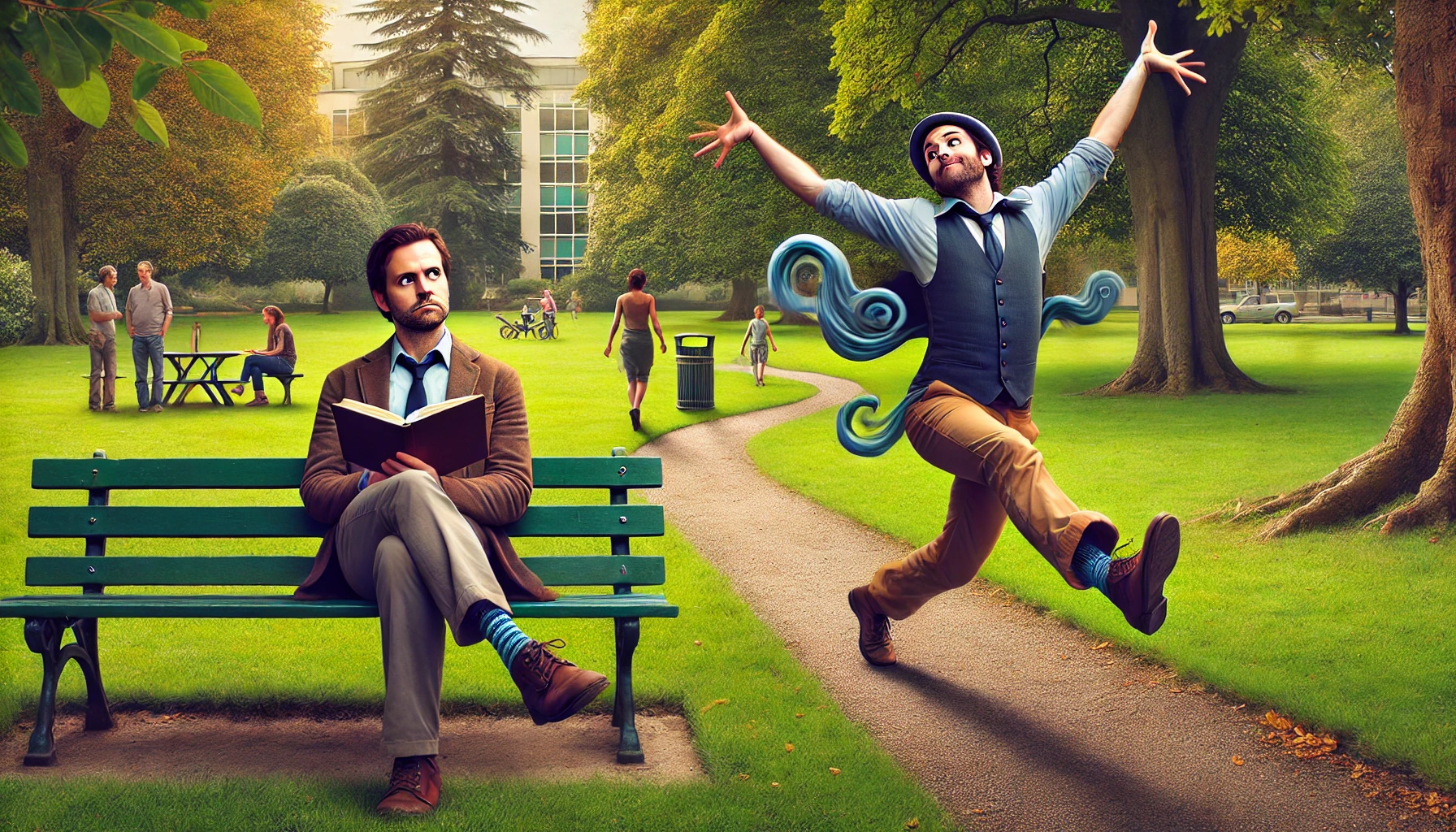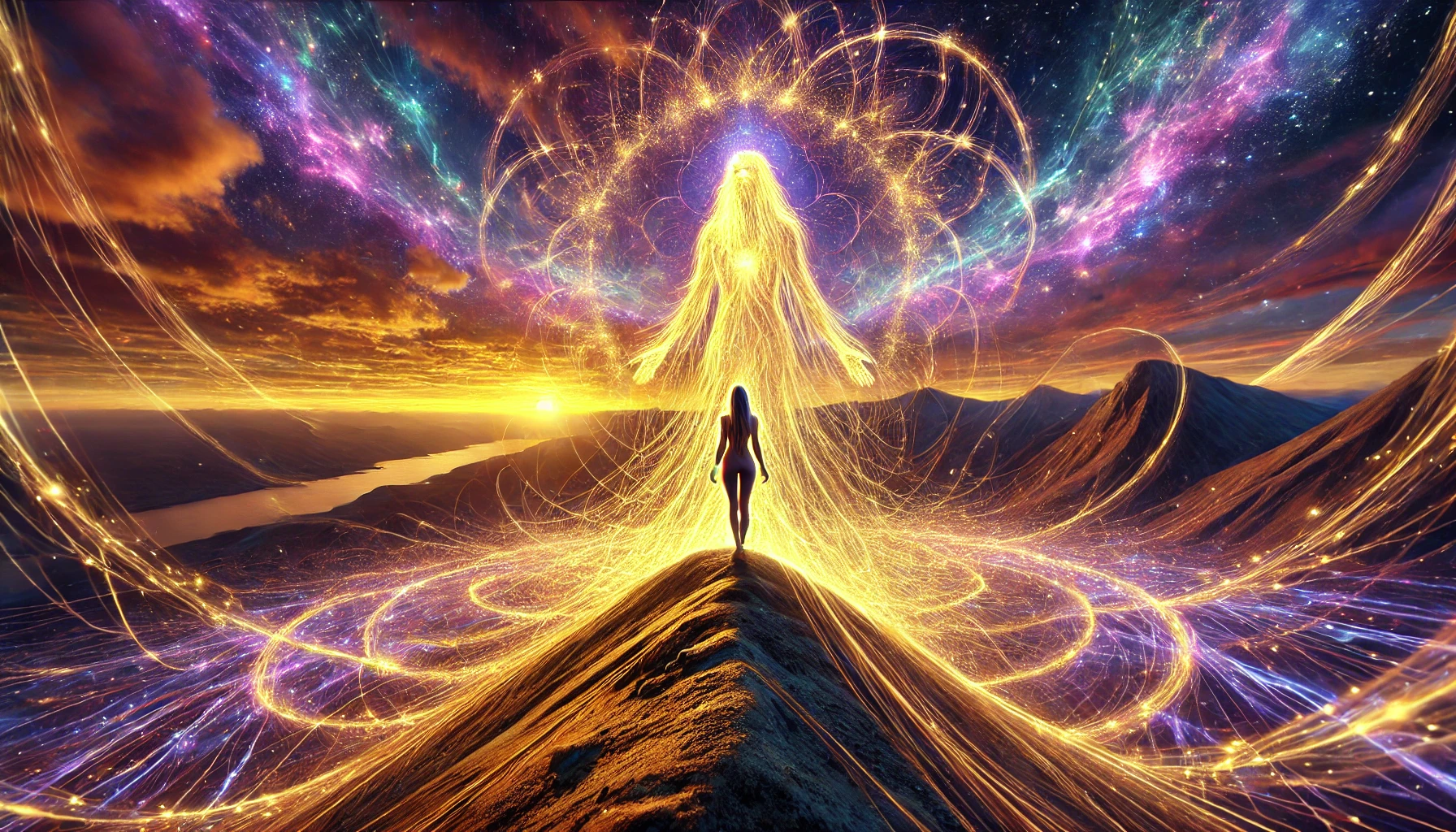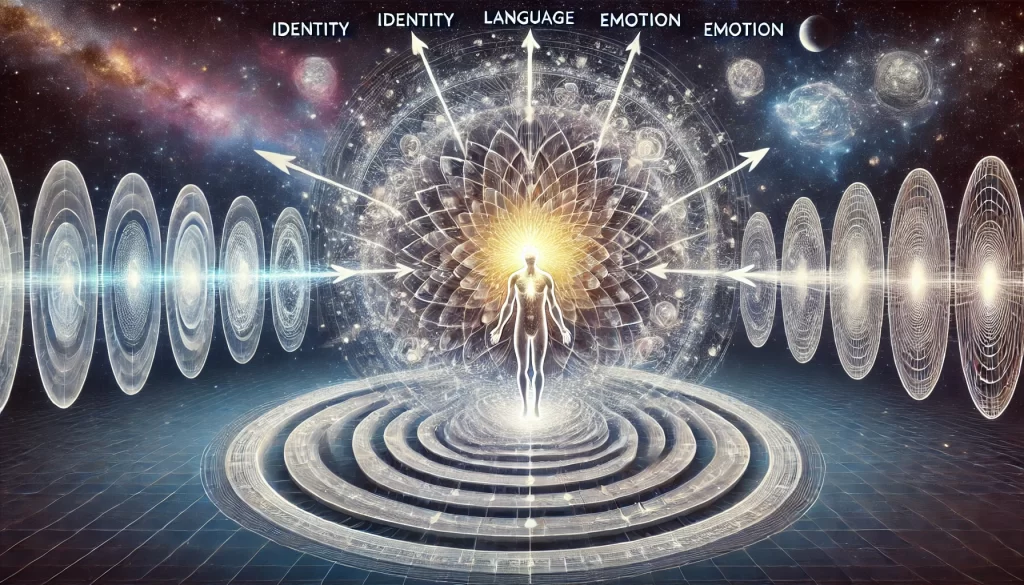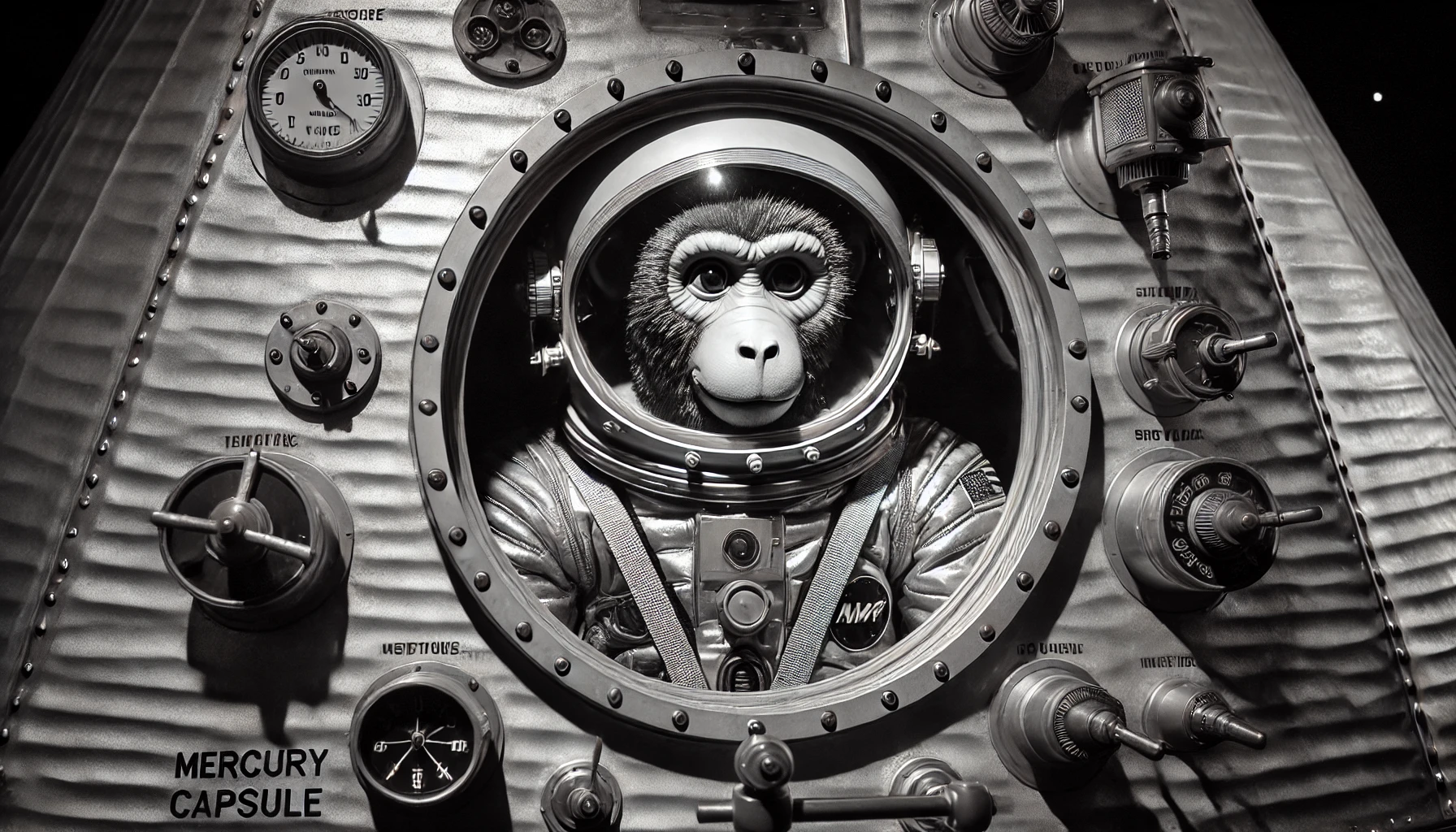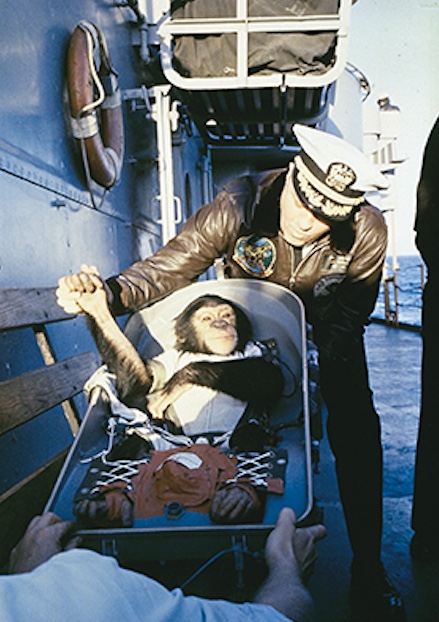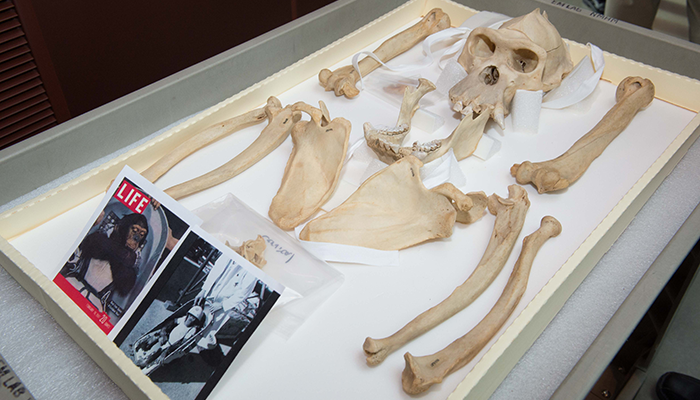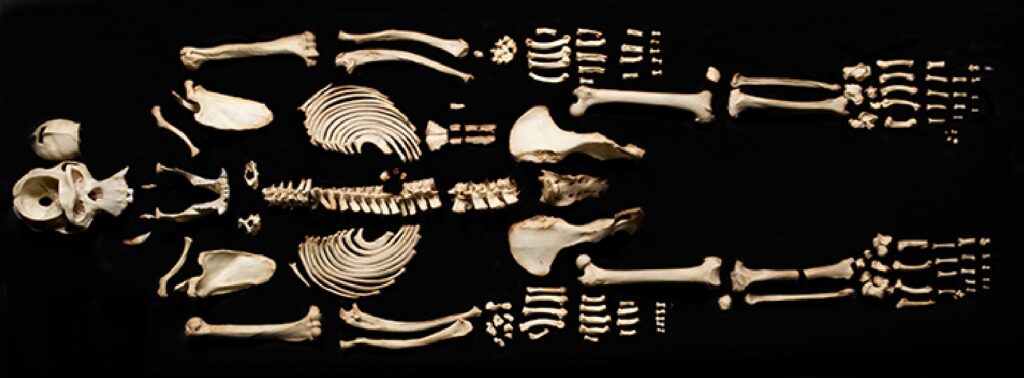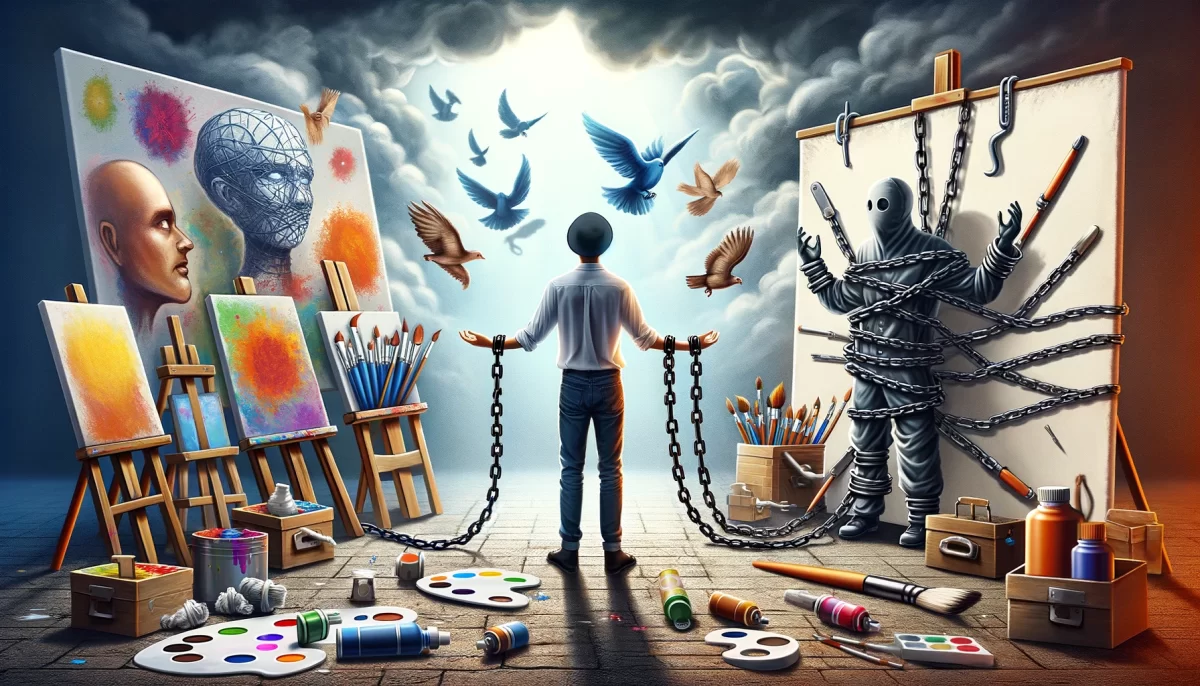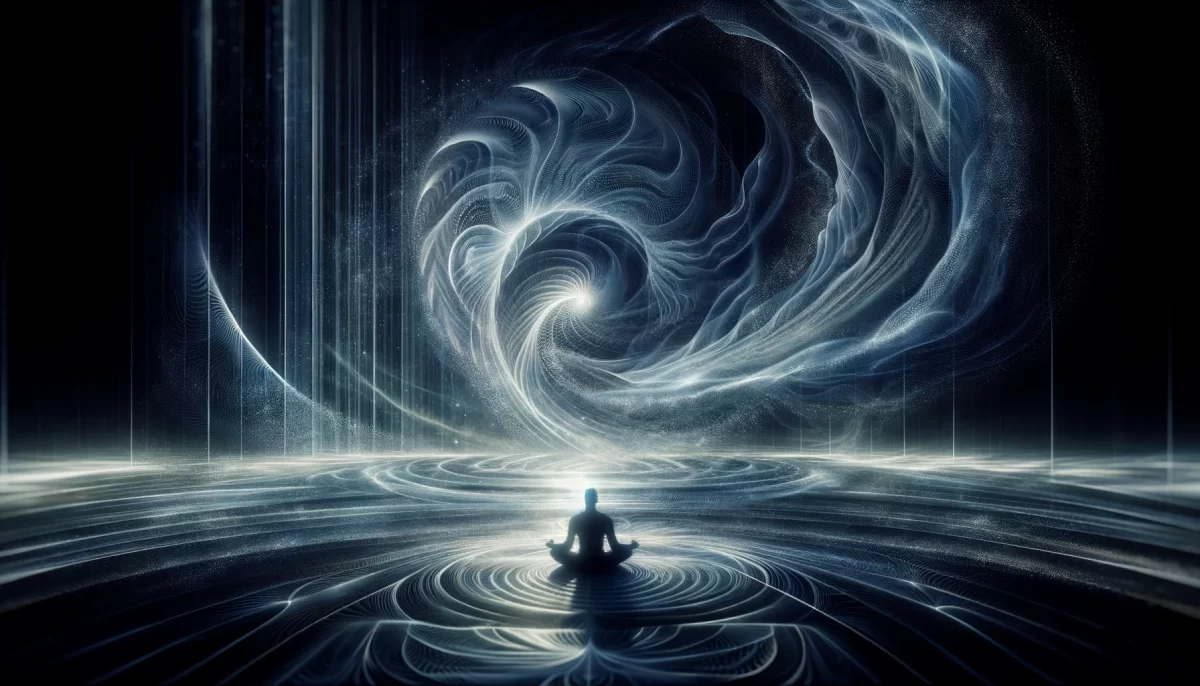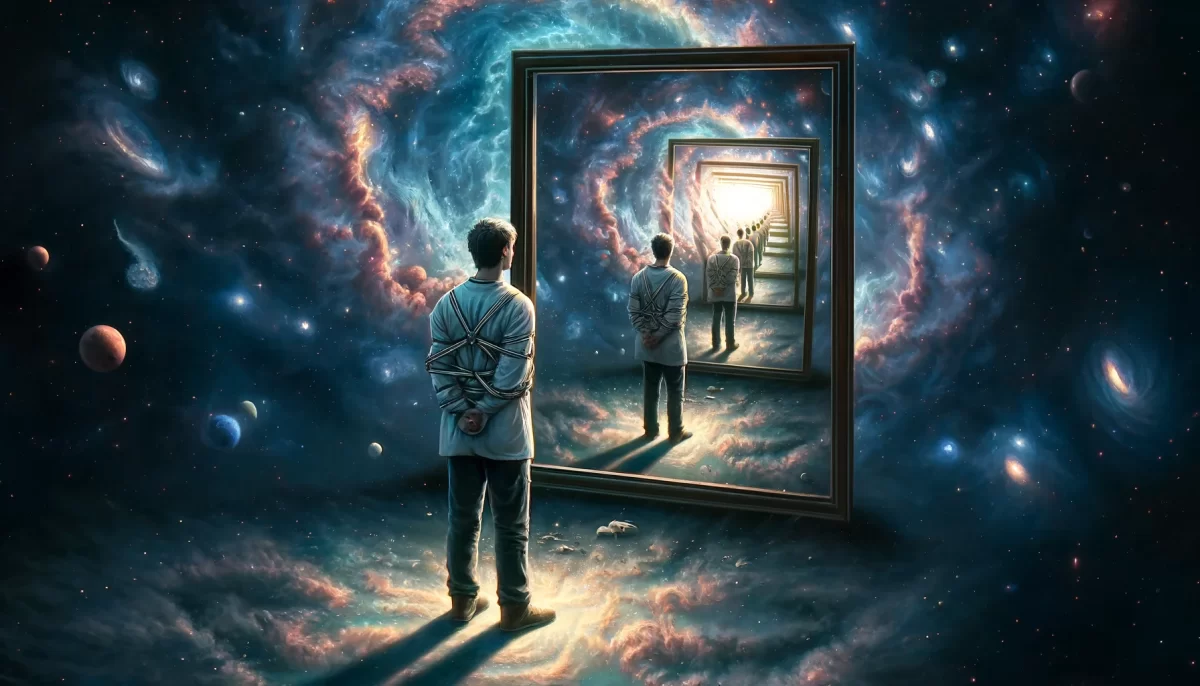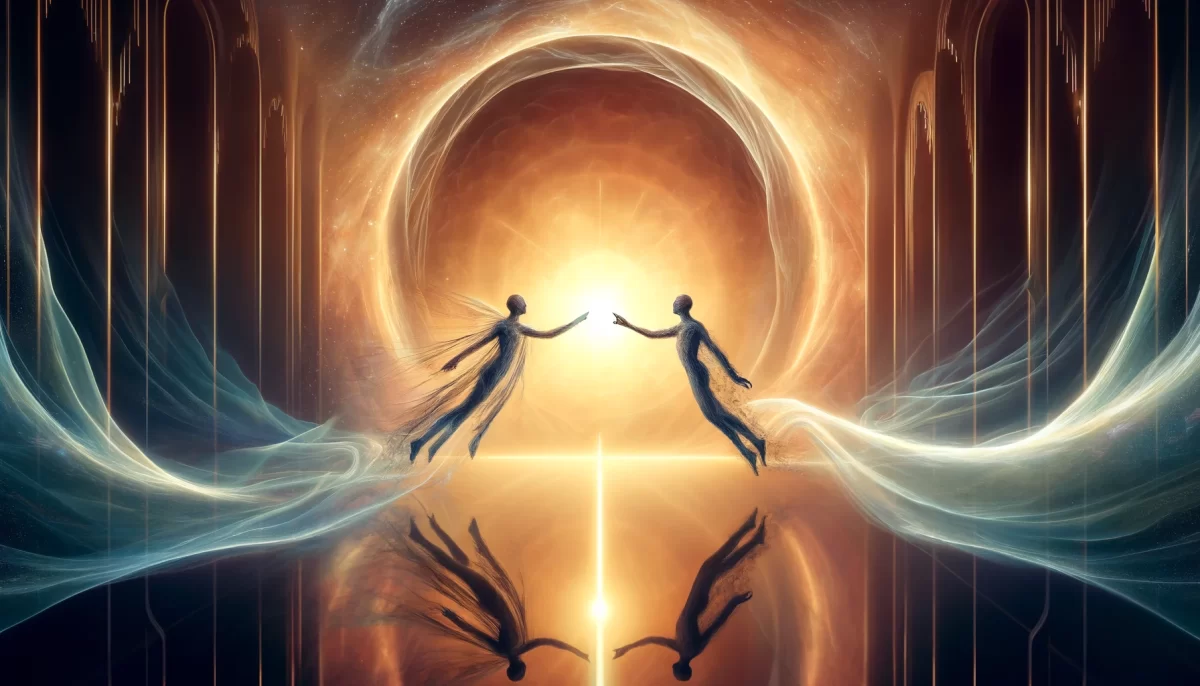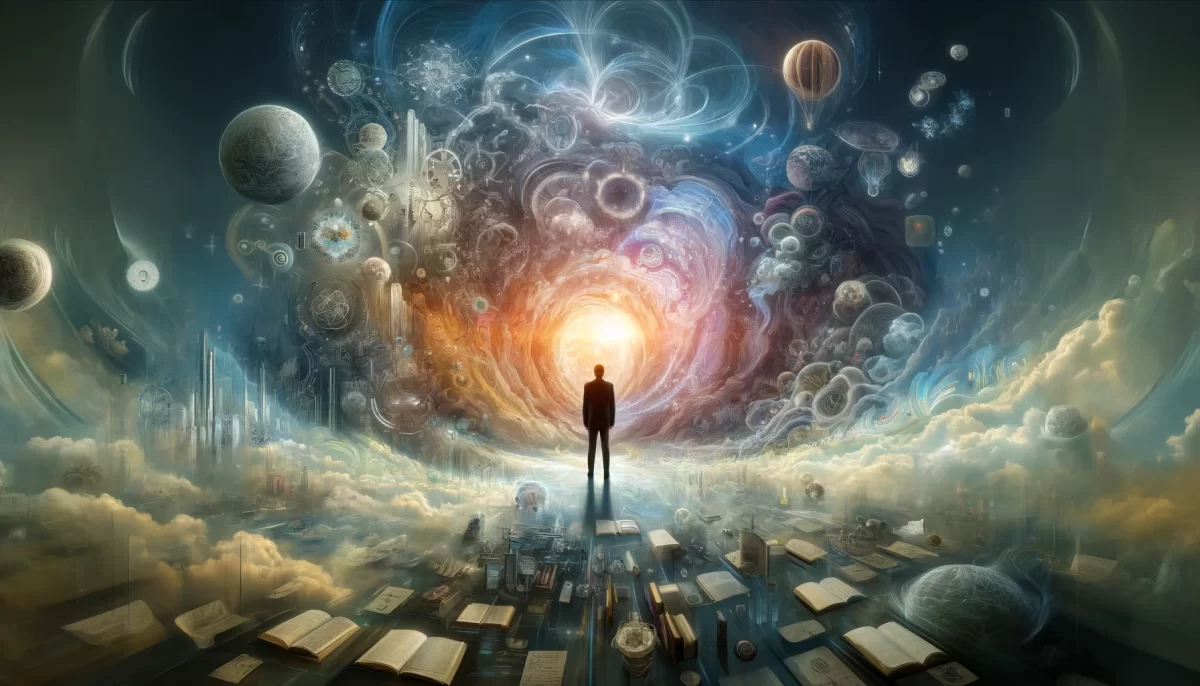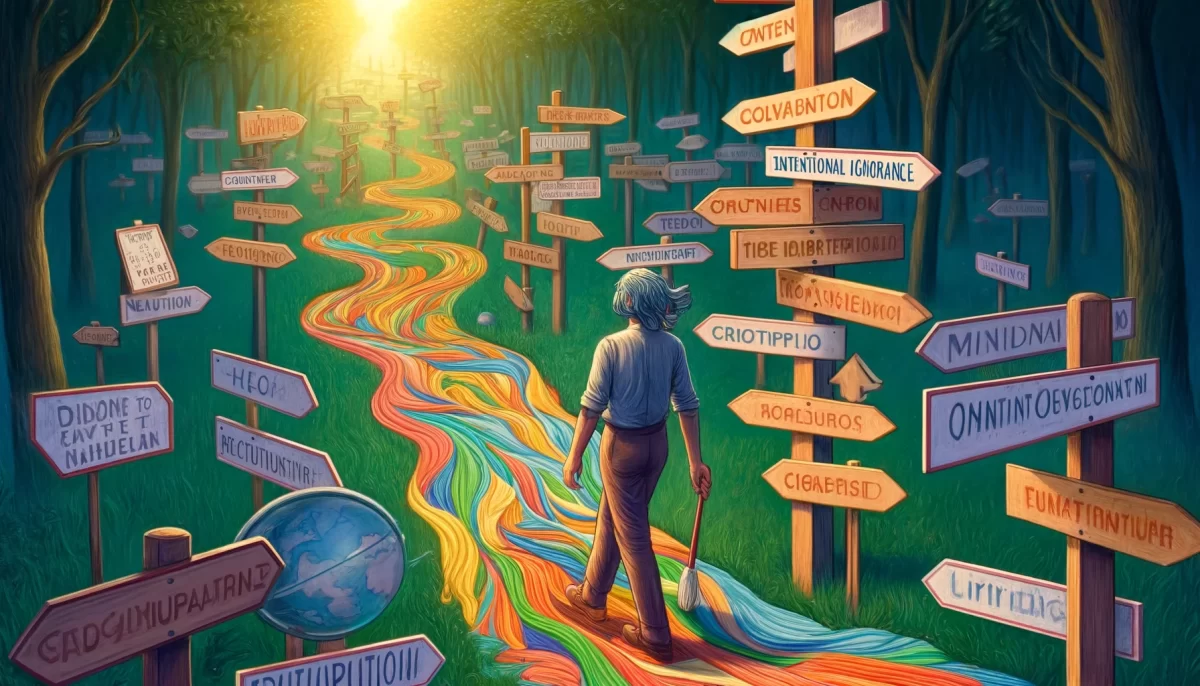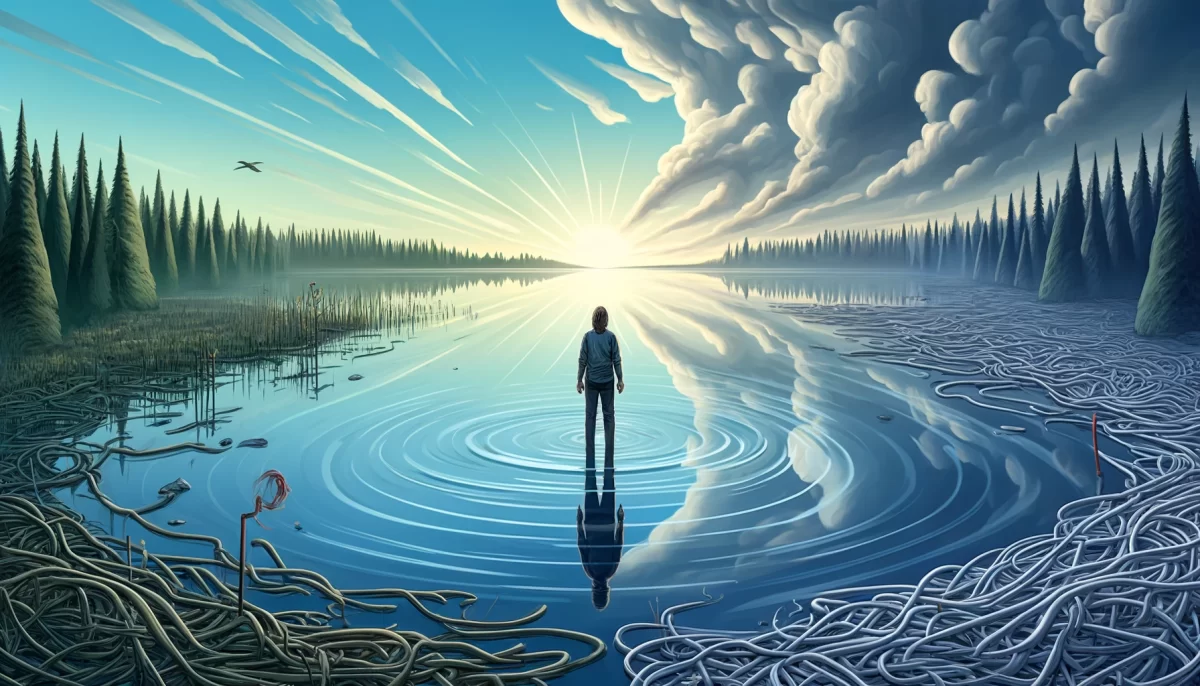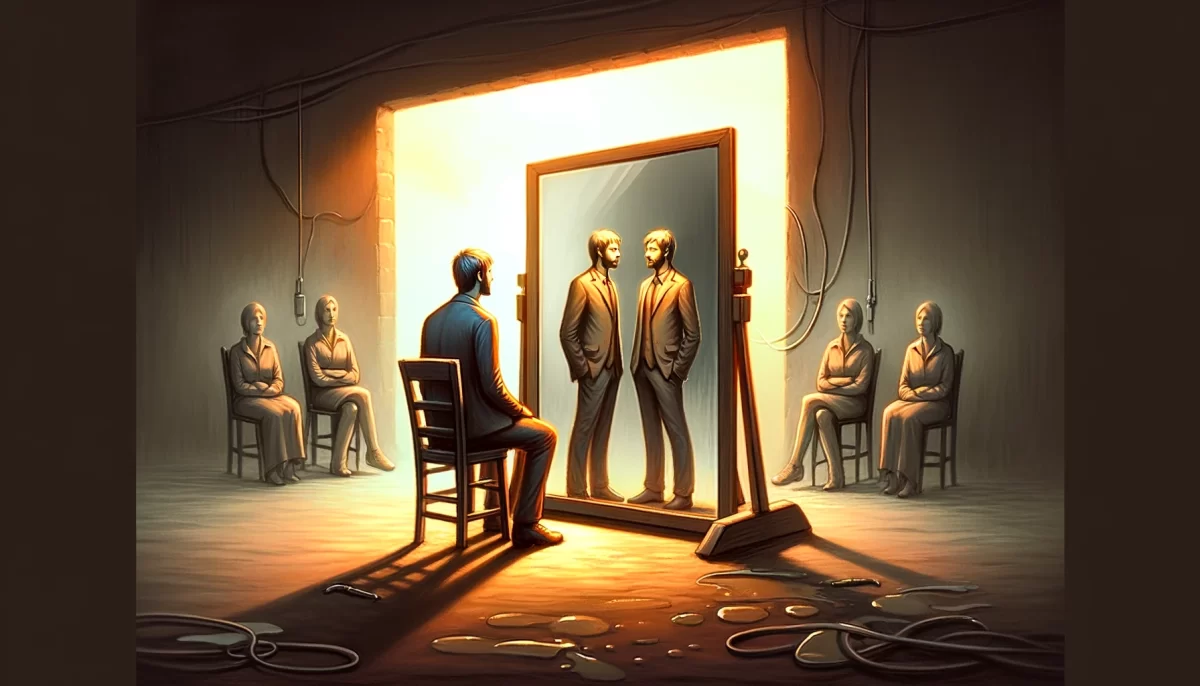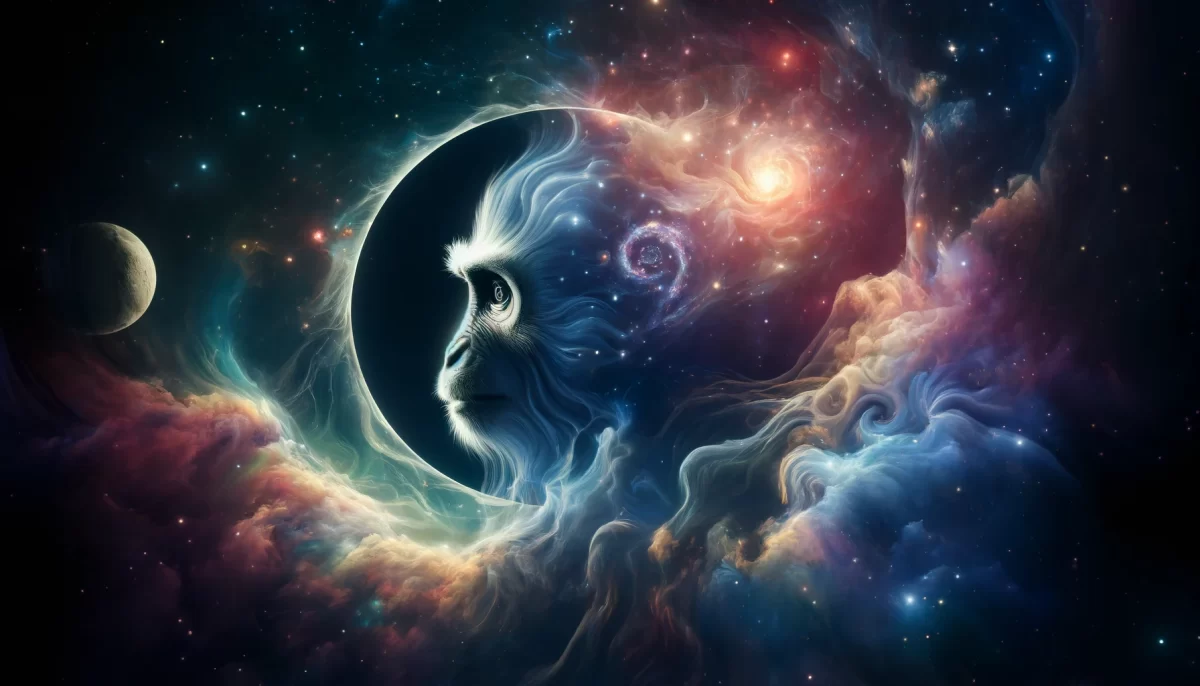The Ample Backside of Reality
Todd sat in the park, clutching his notebook like it was a life raft. He scribbled furiously, trying to map out his next big plan—a path to success so perfect, so airtight, that reality couldn’t possibly ruin it.
Across from him, Leo reclined on a bench, a half-eaten sandwich in one hand, his other arm draped lazily over the backrest. “You know, Todd,” Leo said between bites, “you’re holding on too tight.”
“To what?” Todd muttered without looking up.
“To reality,” Leo said with a smirk.
Todd stopped writing and squinted at his friend. “What’s that supposed to mean?”
Leo leaned forward, his expression suddenly serious. “It means you’re so busy staring at what’s right in front of you that you’re missing the bigger picture.”
“Bigger picture?” Todd echoed.
“Yeah,” Leo said, standing up. “You’re clinging to reality’s tit.”
Todd blinked. “Reality’s what?”
Leo grinned, gesturing dramatically to the sky. “Reality’s tit, my friend. The comforting, safe, predictable part you can latch onto. But here’s the thing—it’s not the whole package. You’re so focused on nursing your plans and ideas that you’re missing out on, well…”
He spun around and pointed emphatically behind himself. “…reality’s ass.”
Todd gawked. “What does that even mean?”
“It means,” Leo said, sitting back down, “that reality has a whole backside—stuff you’ll never see if you’re glued to what’s familiar. The surprises, the absurdities, the ‘holy shit, I didn’t see that coming’ moments. The good stuff.”
Todd closed his notebook, slightly annoyed but also curious. “Okay, let’s pretend for a second that you’re not completely insane. How do I…see the backside?”
Leo’s grin widened. “Simple. Let go of the front.”
Todd frowned. “You’re saying I have to give up everything I’m working toward?”
“Not give up,” Leo said, shaking his head. “Just loosen your grip. Stop acting like reality owes you a specific outcome. Explore the other angles. Let yourself be surprised.”
Todd thought about this, staring at the park around him—the joggers, the kids on bikes, the old man feeding pigeons. It was all so ordinary, so expected. But what if Leo was right? What if there was more?
He hesitated, then stood up. “Okay,” he said cautiously. “How do I start?”
Leo clapped him on the shoulder. “Step one: stop trying to make reality behave. Step two: laugh at how ridiculous it all is. Step three: go find the ass.”
Todd chuckled despite himself. “You’re insane.”
“Yep,” Leo said, walking away with a swagger. “And you’re about to be, too.”
For the first time in a long while, Todd left his notebook closed and followed.
Space Monkey Reflects: Embracing the Whole Package
Todd’s story captures the tension between control and curiosity, between clinging to the known and daring to explore the unknown. Like many of us, Todd is fixated on the “front” of reality—the tangible, predictable elements he can plan, measure, and manipulate. But his friend Leo offers a profound and absurd wisdom: reality isn’t just the part we see; it’s the unseen, the unexpected, the backside we never consider.
Clinging to Reality’s Front
The “front” of reality, as Leo calls it, represents our comfort zone. It’s the realm of logic, goals, and familiar structures—the part we think we can control. Todd’s notebook is a symbol of this fixation. By meticulously planning every detail, he believes he can create a perfect, foolproof path to success. But in doing so, he shuts himself off from the spontaneity, chaos, and serendipity that make life truly vibrant.
Clinging to this “front” is an attempt to make reality conform to our expectations. It’s a way of asserting control over a world that refuses to be controlled. Yet this grip comes at a cost: the more we focus on shaping reality, the less we see its infinite dimensions.
Seeing Reality’s Backside
Leo’s metaphorical “ass of reality” is the counterpoint to Todd’s obsession with control. It represents the hidden, unplanned aspects of life—the surprises, absurdities, and unexpected joys that only reveal themselves when we loosen our grip on the familiar. These are the moments that defy logic, the twists that shatter our plans but open doors we never imagined.
To see the “backside” of reality, we must release our need for certainty. This doesn’t mean abandoning our goals or giving up on plans—it means holding them lightly, with the understanding that life’s richness often lies in what we cannot foresee.
Loosening the Grip
Todd’s journey begins when he closes his notebook. This small act symbolizes a shift in perspective, a willingness to let go of rigid expectations and embrace the unknown. It’s not about rejecting structure or abandoning effort; it’s about allowing space for the unexpected to enter.
Leo’s steps—stop trying to control, laugh at the absurdity, and explore the other angles—are deceptively simple yet profoundly transformative. They remind us that life isn’t meant to be mastered; it’s meant to be experienced. The more we open ourselves to its surprises, the more we discover its full package.
The Whole Package
Reality, like Leo’s whimsical metaphor, is both front and back, light and shadow, chaos and order. To embrace the whole package is to live fully, with curiosity and humor. It’s to recognize that the beauty of life lies not in its predictability but in its infinite capacity to surprise and delight.
For Todd, and for all of us, the challenge is not to figure everything out but to let go enough to see what we’re missing. The notebook can guide us, but it can also blind us. The key is to know when to close it and follow the ridiculous wisdom of someone like Leo—a Space Monkey in disguise, leading us back to the infinite possibilities of the now.
Summary
The “front” of reality is the safe, predictable part we cling to, while the “backside” is the realm of surprises and possibilities. Letting go of rigid control allows us to embrace the whole package and discover life’s infinite dimensions.
Glossarium
- Reality’s Front: The familiar, planned, and controlled aspects of life we cling to for safety and certainty.
- Reality’s Backside: The unexpected, chaotic, and serendipitous aspects of life that defy our plans and enrich our experience.
- Loosening the Grip: The act of releasing rigid expectations to make space for spontaneity and discovery.
Quote
“Reality’s beauty lies not in its predictability but in its infinite capacity to surprise and delight.” — Space Monkey
The Whole Package
You clutch your plans,
each line a fortress
against the unknown.
But reality bends,
twists,
and winks from angles
you refuse to see.
Let go of the front,
the safety,
the comfort.
Step into the absurd,
the uncharted,
the backside of what is.
For the whole package
is more than what you grasp;
it is what you dare
to let go.
We are Space Monkey.
